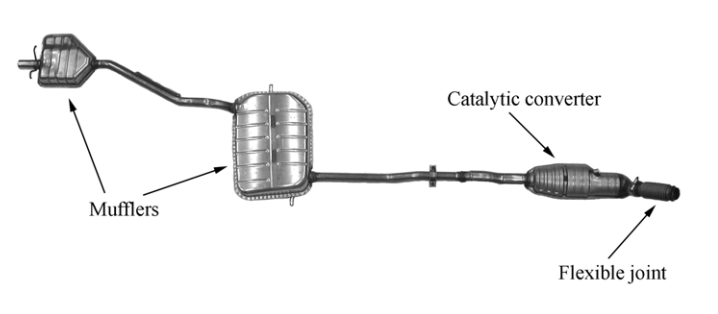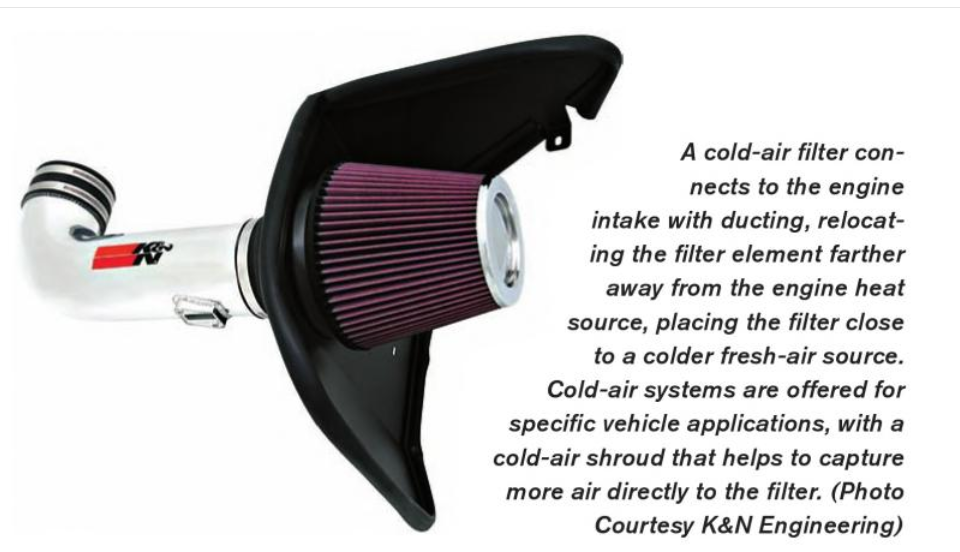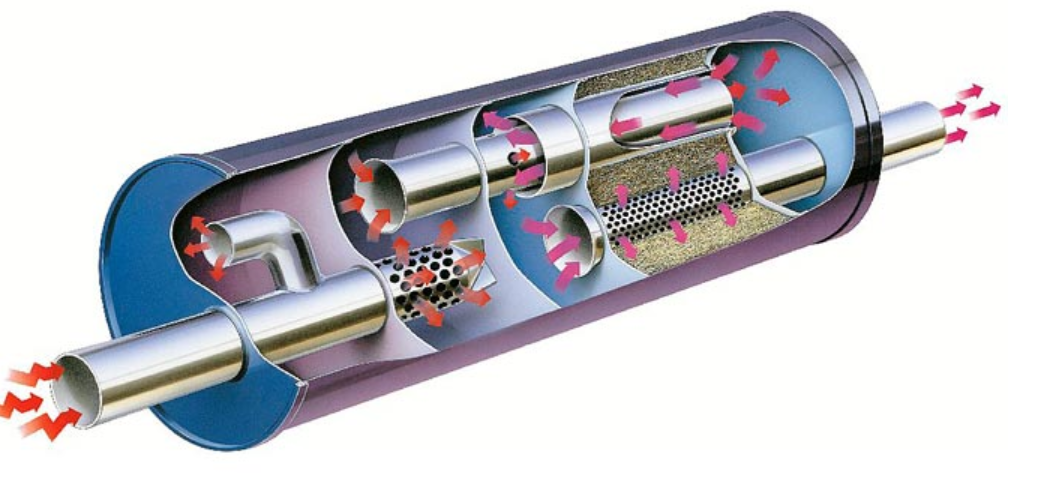
What is an Exhaust System?
Exhaust System and Structure of Exhaust System. Exhaust System is considered to be the vital component of the engine package. The exhaust system of a vehicle gathers the emissions produced by the cylinders, eliminates hazardous components, diminishes noise levels, and releases the purified exhaust gases at a safe location, distant from the occupants of the vehicle.
The exhaust system plays a crucial role in a vehicle’s operation. It collects the emissions produced by the cylinders, effectively removing harmful substances and minimizing noise levels. The purified exhaust gases are then safely discharged at a suitable point away from the occupants. Depending on the engine, the exhaust system can be composed of one or two channels. It is essential to carefully select the flow resistance to minimize any negative impact on engine performance caused by exhaust backpressure.
To ensure optimal functionality, the exhaust system should be approached as a comprehensive unit, with design engineers coordinating the components in accordance with the specific vehicle and engine requirements. The mixture of air and fuel that is put into the engine needs to be evacuated from it.
The evacuation of exhaust gas from the engine must be efficient and a quick process. An ill-suited exhaust system will degrade the performance of the engine. For better understanding the functionality of the exhaust system, first you need to learn how air and fuel charge enter the engine and how it is influenced by the chain of events like fuel metering, cylinder heads, intake air, exhaust manifold and the engine’s intake, compression, power, and exhaust strokes. A simple rule of thumb is to determine intake volume of engine and then approximately match this volume for the exhaust.
Structure of an Exhaust System
The structure of an exhaust system can vary depending on the vehicle and its specific requirements. However, here is a general overview of the components commonly found in an exhaust system:
Exhaust Manifold:
The exhaust manifold is located at the engine’s cylinder head and collects the exhaust gases from the engine’s cylinders. It is typically made of cast iron or stainless steel and designed to withstand high temperatures.
Catalytic Converter:
The catalytic converter is an essential component for emissions control. It contains catalysts that help convert harmful pollutants, such as carbon monoxide, nitrogen oxides, and hydrocarbons, into less harmful substances. It is often positioned between the exhaust manifold and the rest of the exhaust system.
Exhaust Pipe:
The exhaust pipe connects the exhaust manifold or catalytic converter to the rest of the exhaust system. It is responsible for directing the exhaust gases towards the rear of the vehicle. The exhaust pipe is typically made of stainless steel or aluminized steel and needs to be resistant to high temperatures and corrosion.
Muffler/Silencer:
The muffler, also known as a silencer, is responsible for reducing exhaust noise. It contains baffles, chambers, and sound-absorbing materials designed to dampen and cancel out the sound waves produced by the exhaust gases.
Tailpipe:
The tailpipe is the final section of the exhaust system that extends out from the rear of the vehicle. It is responsible for discharging the purified exhaust gases away from the vehicle and its occupants. The tailpipe may also include decorative elements or exhaust tips for aesthetic purposes.
In addition to these primary components, there may be additional elements depending on the vehicle’s design and specific requirements. These can include resonators, flex joints, oxygen sensors, and hangers/supports for securing the exhaust system in place.
It’s important to note that the specific configuration and design of an exhaust system can vary significantly depending on factors such as the engine type, vehicle size, emission regulations, and performance considerations.
Intake Air
The density of cool intake air is more than warm air. If the air density is high it means more oxygen molecules which ultimately provide more intake air charge and power. Hence more horsepower can be generated by withdrawing more air into an engine. A cold air intake refers to an air inlet system that feeds from air that is cooler than the air inside the engine compartment, More cooler air will be fed to the engine if there is isolation of air from the engine heat.

Silencer
When an internal combustion engine operates, it generates “exhaust noise” caused by the rhythmic release of gases from the cylinders. To mitigate this noise, two primary methods are employed: sound absorption and reflection within the silencer. Typically, these principles are combined in a single silencer. Additional elements like exhaust chambers, exhaust flaps, and catalytic converters can also contribute to reducing specific frequencies in the outlet noise.
Moreover, the exhaust system itself is prone to vibrations and generates noise through natural frequencies, which can transmit to the vehicle body. Hence, meticulous coordination of the entire system is crucial. This involves carefully designing and positioning individual components of the exhaust system, along with incorporating flexible mountings to minimize undesired noise and vibrations.

Performance Analysis of Exhaust Systems
The performance analysis of exhaust systems involves evaluating various factors such as backpressure, flow characteristics, noise reduction, and emissions control. Here are some key aspects and research findings related to exhaust system performance:
Backpressure:
Backpressure refers to the resistance encountered by exhaust gases as they exit the engine. It can have a significant impact on engine performance. Research studies have shown that excessive backpressure can impede exhaust gas flow, leading to reduced engine efficiency and power output. Optimal design and tuning of exhaust system components, such as the diameter and length of piping, can help minimize backpressure and improve performance.
Flow Characteristics:
The flow characteristics of an exhaust system play a crucial role in determining its performance. Studies have investigated different flow patterns and their effects on pressure drop, gas velocity, and scavenging efficiency. Computational Fluid Dynamics (CFD) simulations and experimental techniques, such as flow bench testing, are commonly employed to analyze and optimize the flow characteristics of exhaust systems.
Noise Reduction:
Exhaust systems are designed to reduce the noise produced by the engine. Research focuses on developing effective silencer designs and materials that can attenuate exhaust noise across a range of frequencies. Techniques such as Helmholtz resonators, absorption materials, and expansion chambers have been studied for their noise reduction capabilities.
Emissions Control:
Exhaust systems also play a critical role in controlling emissions and meeting regulatory standards. Research efforts have been dedicated to optimizing catalytic converter performance for effective emission reduction. Various catalyst formulations, such as precious metal coatings, have been investigated to enhance catalytic efficiency and reduce pollutants in exhaust gases.
Research papers and technical articles published in automotive engineering journals and conferences, as well as studies conducted by automobile manufacturers and research institutions, can provide in-depth analysis and graphs related to exhaust system performance. Accessing these sources will provide you with more detailed and research-based insights into the performance analysis of exhaust systems.